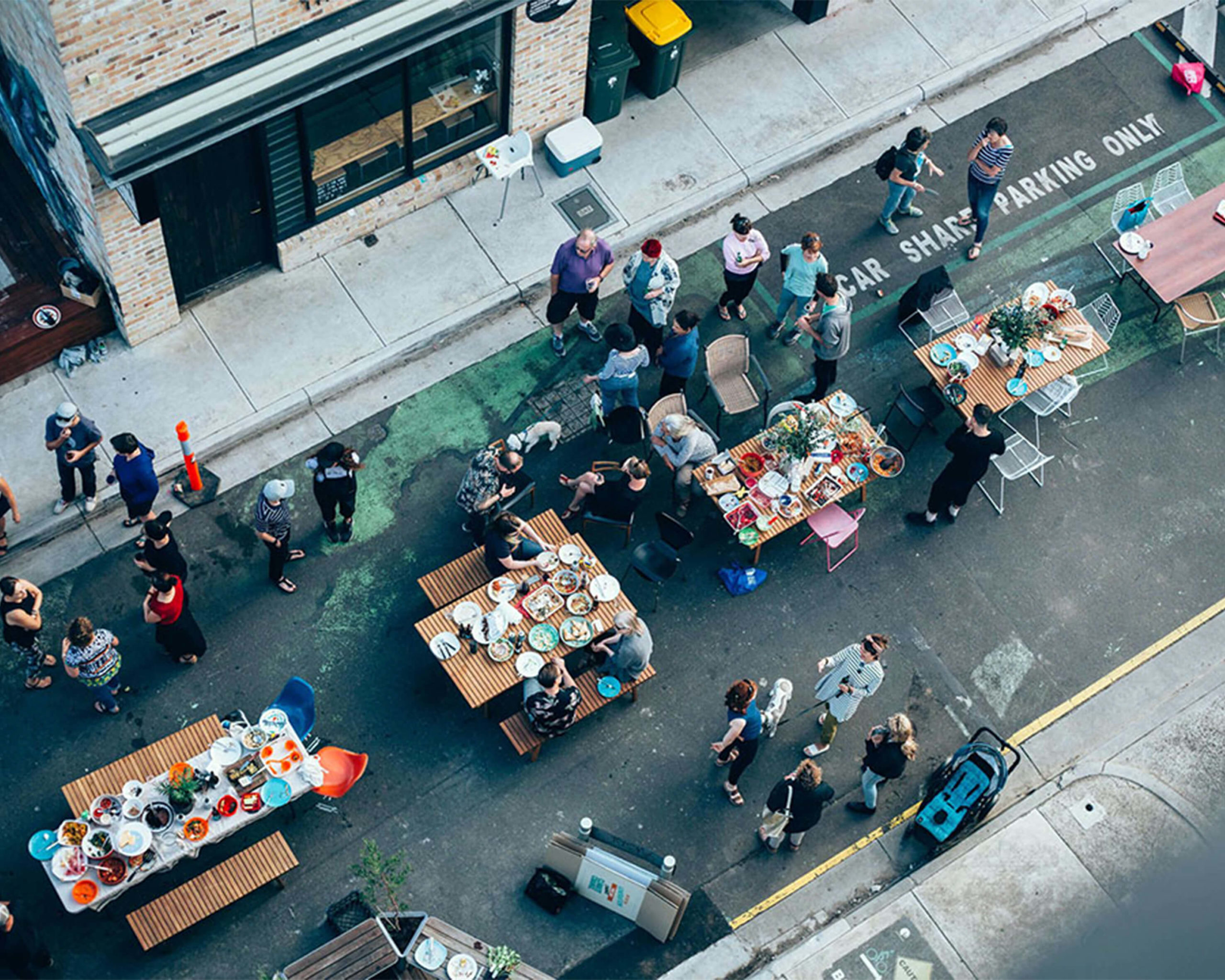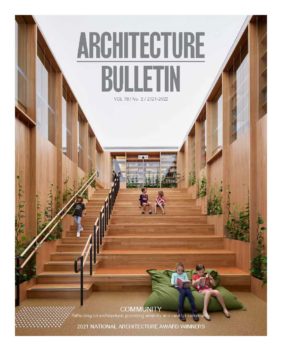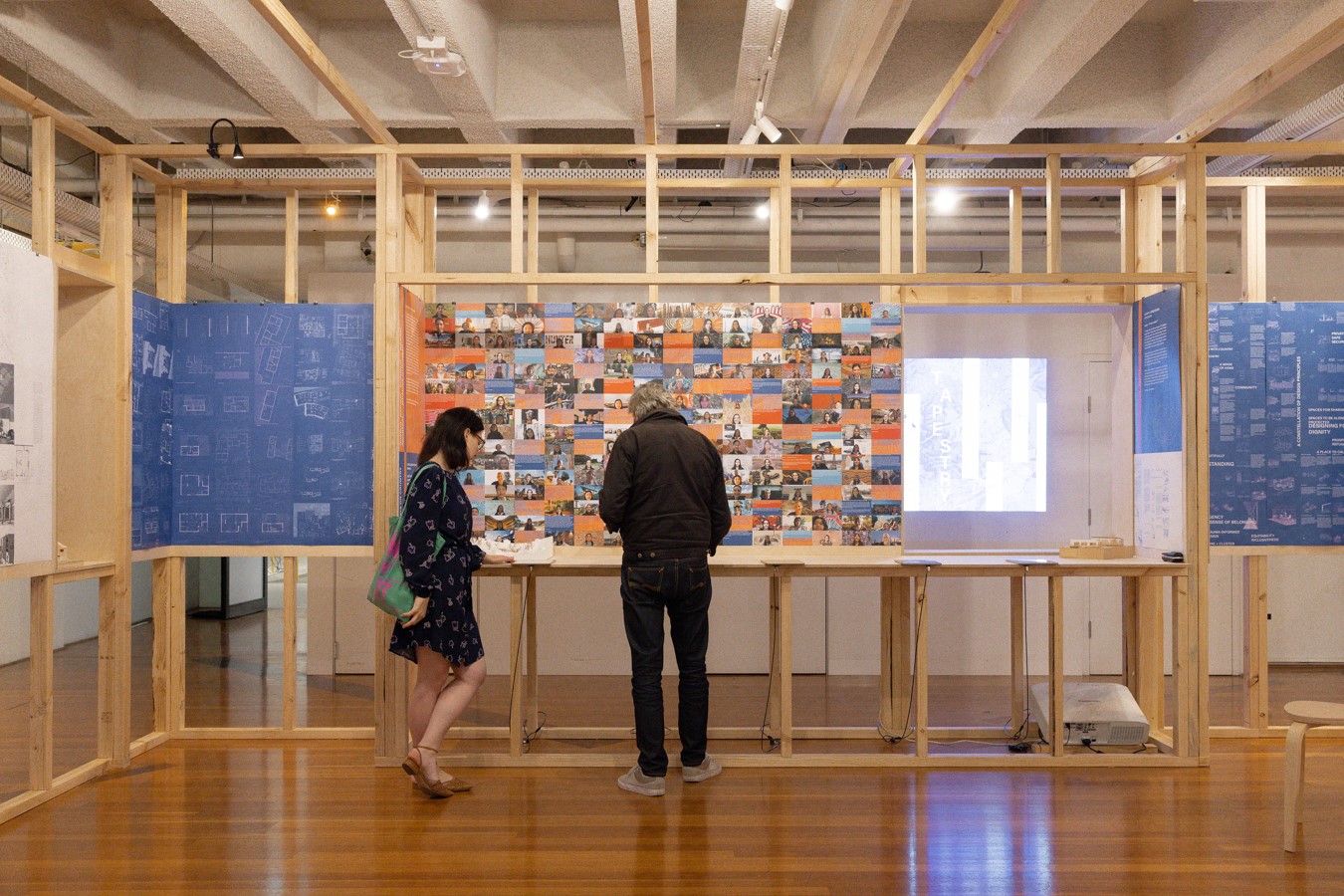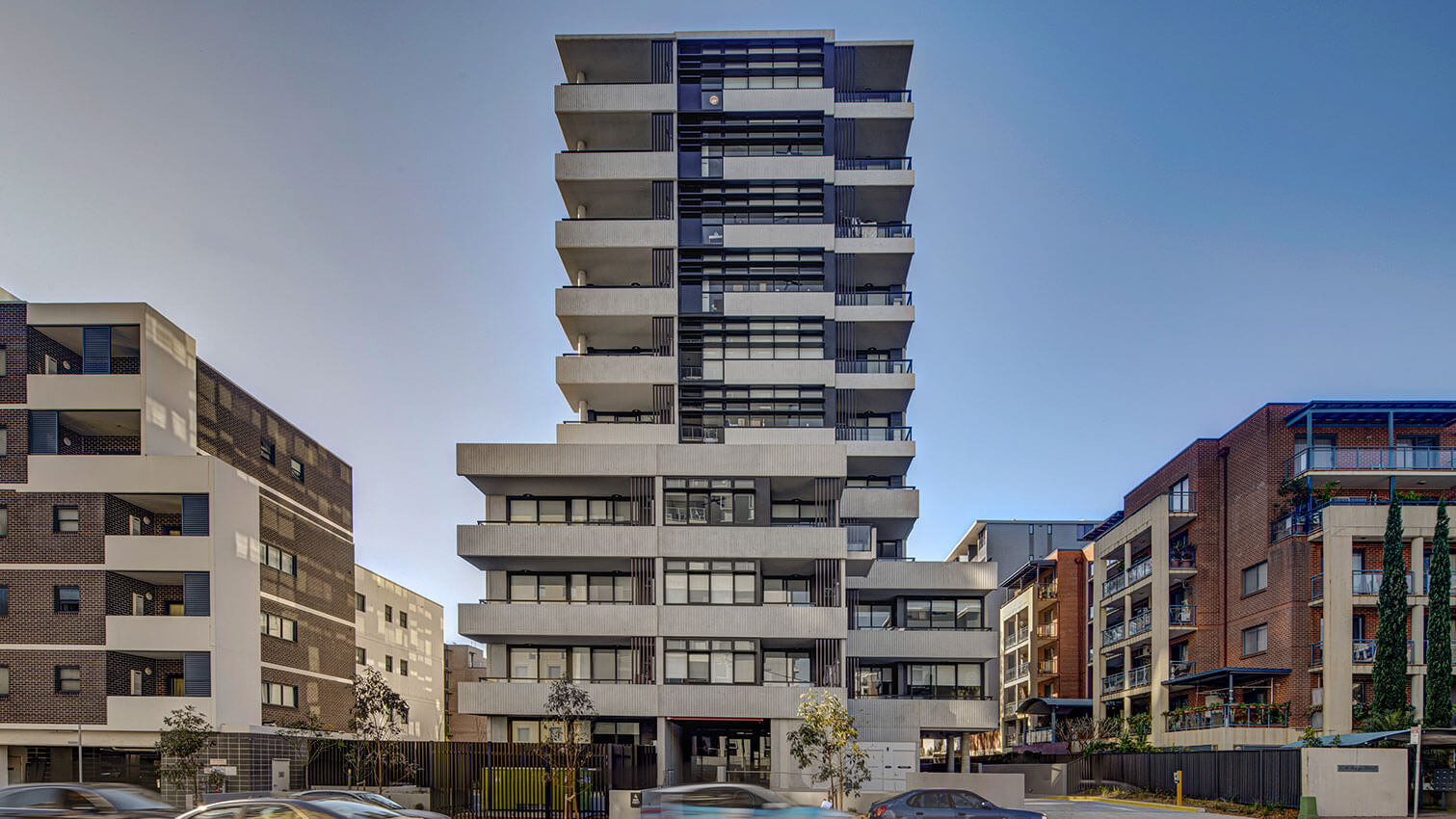Cultivating community for vital times
KIRSTY HETHERINGTON

A virtual community is created not from common location, but from common interest. While being online can be an accessible source of solace in pandemic isolation, there are risks in replacing physical communities with virtual ones. The well acknowledged malady of the echo chamber, lacking diversity and eliminating contrasting viewpoints can allow viewpoints to develop without a sense of responsibility to a wider diverse society and with information absent from their reasoning (Rheingold, 1993 and Dertouzos, 1997). Within a virtual community, thousands may stand on their soapbox concurrently, with no obligation to fulfil the reciprocal listening that defines a typical human conversation. This kind of environment generates fear, may isolate individuals from physical neighbours and even trigger conspiratorial ideation. In their worst form, virtual communities can present motivation for non-compliance of pandemic control measures, putting their physical neighbours at risk.
Being surrounded by people does not generate community on its own, being engaged in a community requires certain conditions to be present, and often requires a catalyst of sorts. We know well the physical qualities that provide opportunities for community to develop – designing with people in mind, enabling incidental interactions, less cars, more common spaces (Gehl). The neurological biology of humans might suggest scale is important, that we should be designing for micro communities embedded within macro communities.
Understanding community, its importance, real-life implications, parameters and dimensions, is helpful for those of us involved in city-making or placemaking activities. As practitioners, we have the ability to contribute to community growth. The baseline relationship between authority and community is defined, most often, by planning frameworks but may be tested and tweaked within individual projects. We can advocate for planning processes which genuinely involve the community in visioning, strategising, optioneering and planning phases. There have been many examples that demonstrate the benefits of this and effective outcomes, three examples are below.
First, an international example – an economic project – is the Preston Model, an implementation project of Community Wealth Building, a program developed and facilitated by CLES, the National Organisation for Local Economies (UK), supported by the work of SGS Economic and Planning. A financial recession revealed Preston’s vulnerability to the whims of outside investors. This model sought to improve local democracy and an economic approach prioritising resilience which one article described as ‘guerrilla localism’ (Chakrabortty, 2018).
Second, a local example – a housing project – is Nightingale Housing, a not-for-profit organisation focused on housing equality but also about generating community: at-cost purchasing, prioritisation of public transport, shared community amenity (laundries, open space with facilities) and maintenance (common gardens, worm farms, etc) which improve opportunity for incidental neighbour interaction, a sense of a shared responsibility, ownership and risk to participation in decision making processes.
And third, (Two in one) a NSW example – public domain projects – Ethos Urban has been working on a series of projects with two local governments, Port Stephens Council and Eurobodalla Council, with some common qualities. Both seek imaginative ways to enhance engagement and buy-in from the local community. Both seek more economical and time efficient placemaking activity through involving the community in visioning, placemaking and optioneering as well as construction and making stages of the process. Rebuilding Mogo was a project run with Eurobodalla Council. The project prioritised recovery from a shared trauma (Mogo was devastated by the 2019-20 bushfire), in parallel with generating enthusiasm for a future vision for the town. It was developed through many engagement sessions with the community; establishing goals, visions and options. The outcome was designed to be less prescriptive, more a how-to guide, to manage the varied needs of owners, supporting both collective decision making and individual autonomy.
Among endless news narratives of pandemic health, pandemic politics and pandemic economy, the last 18 months has further reinforced to many people the importance of community. In particular, we are keenly aware of community’s capability to improve both mental health (by reducing social isolation during physical isolation) and build pandemic resilience (having direct impacts on health, loss of life and economic outcomes). Looking for opportunities for unconventionally community-focused, placemaking processes may support an increasing sense of value and belonging, and give individuals an opportunity to craft a map of what and who their community is, with this, a shared dream for the future.
Kirsty Hetherington is an architect and principal designer at Ethos Urban.




